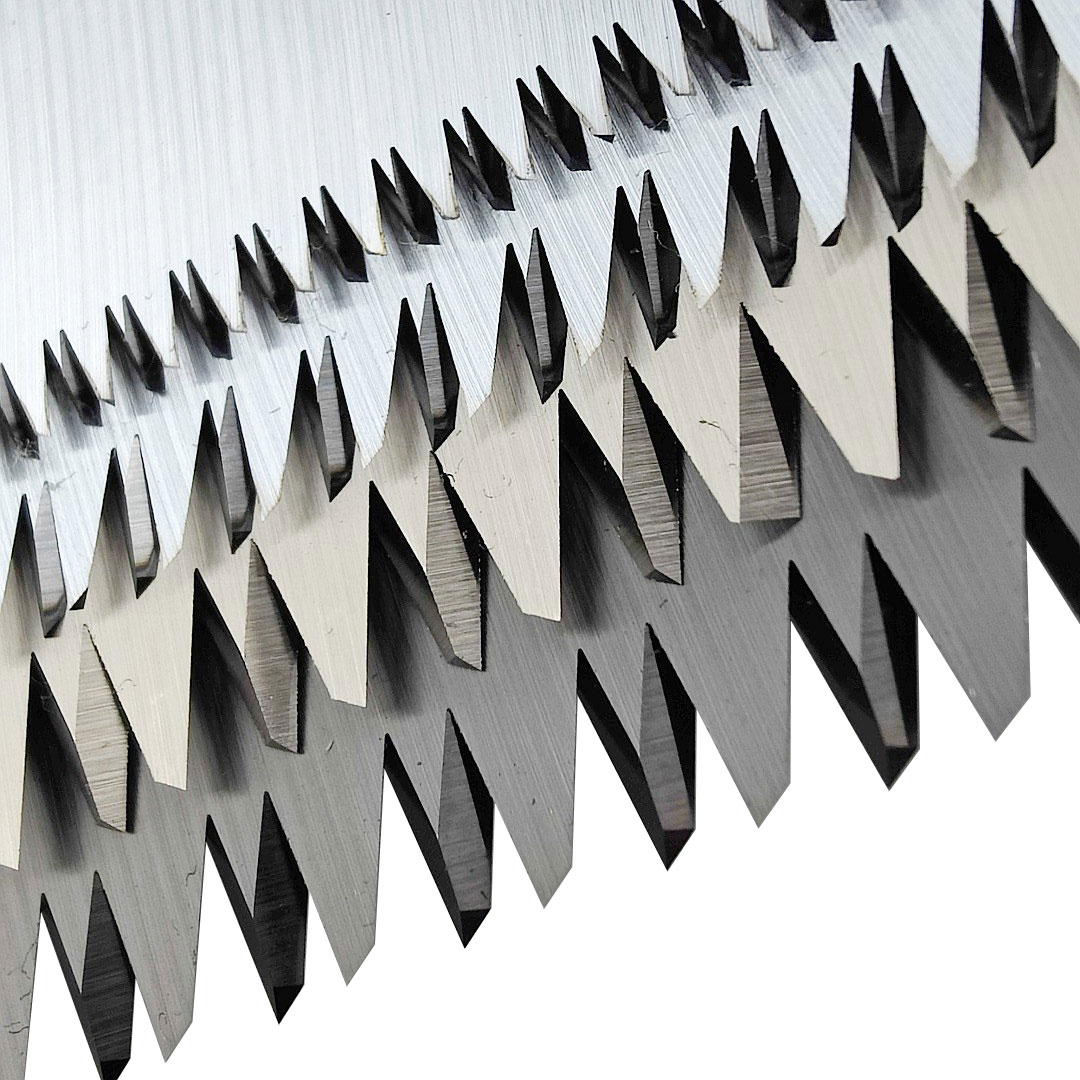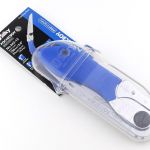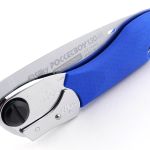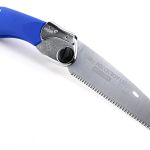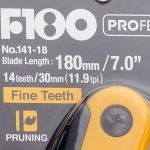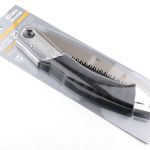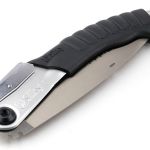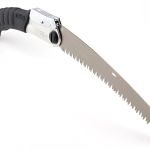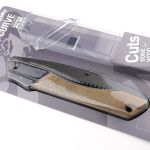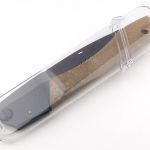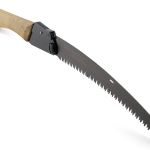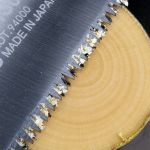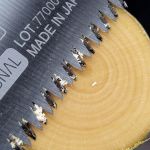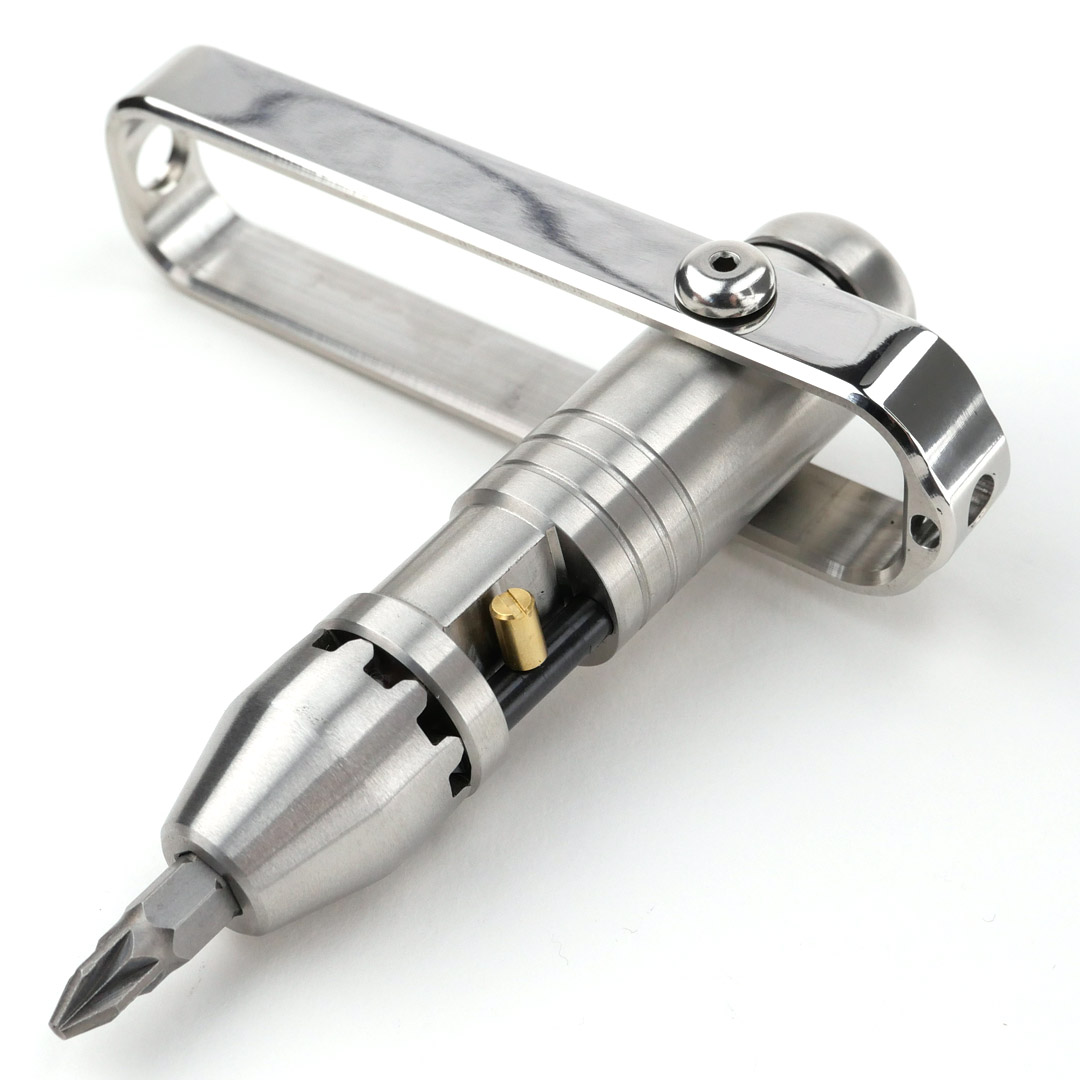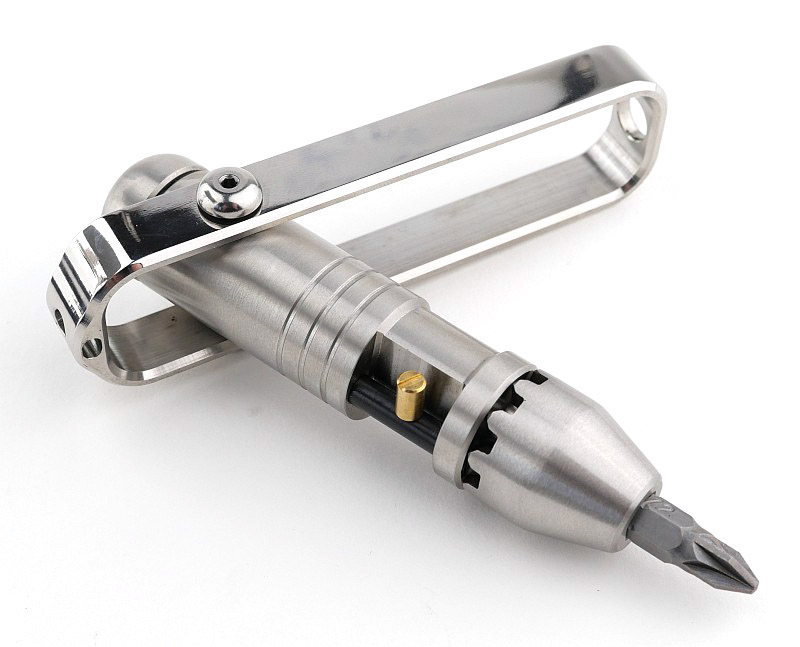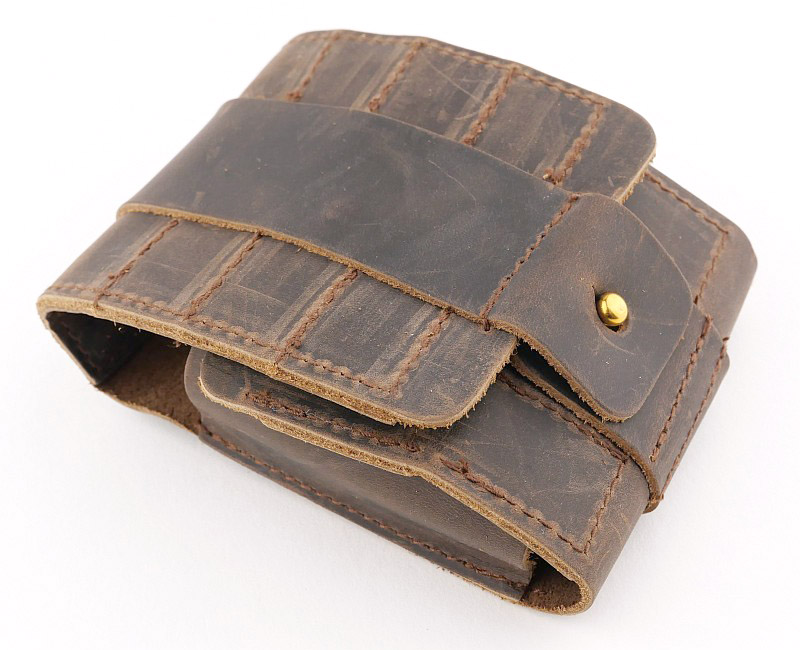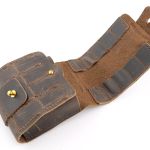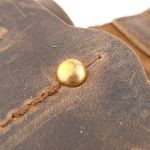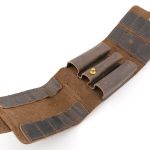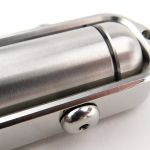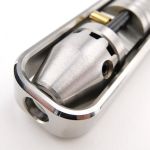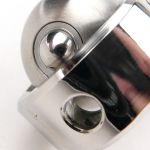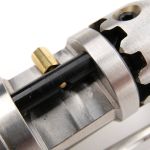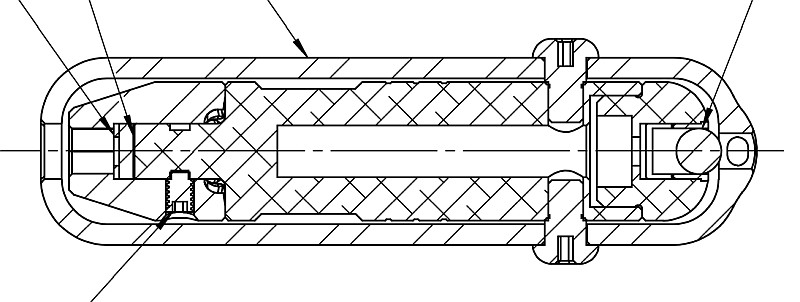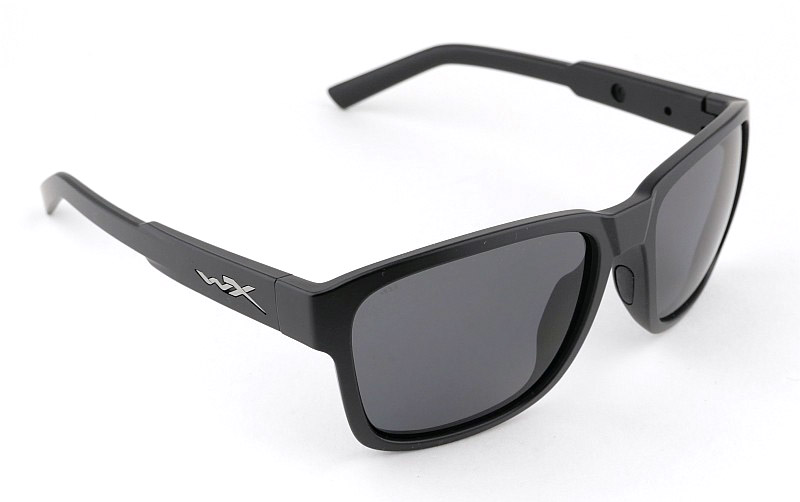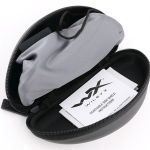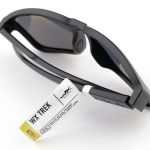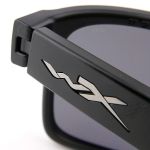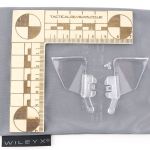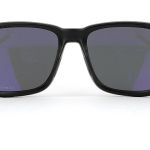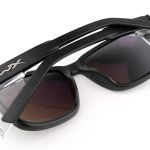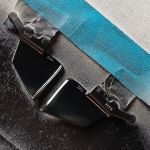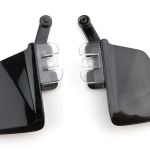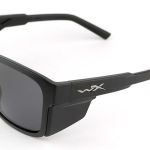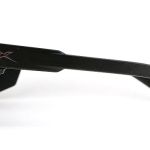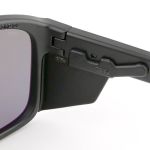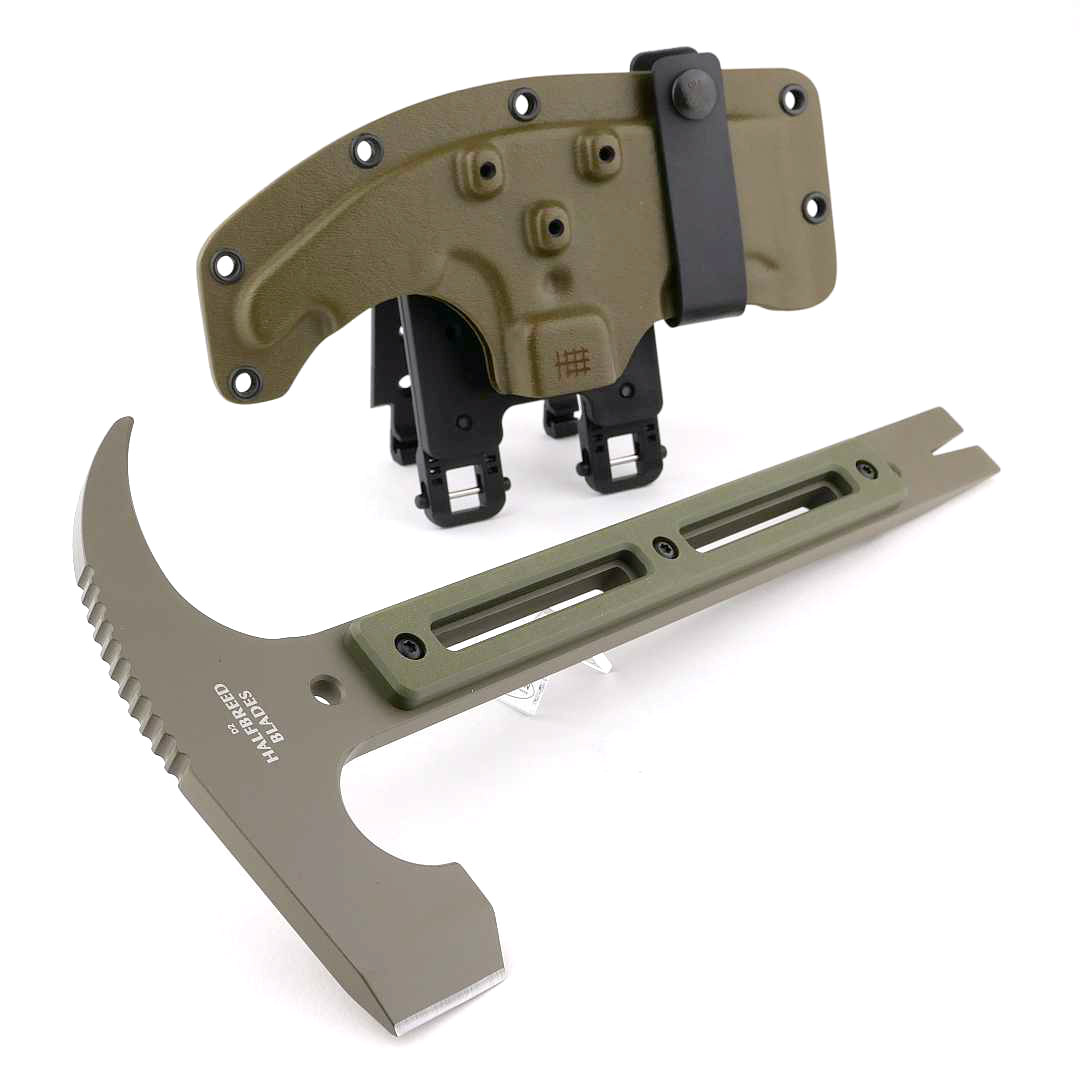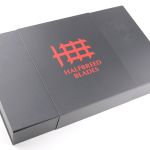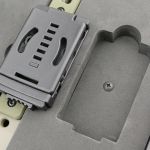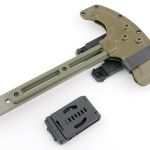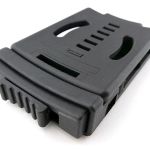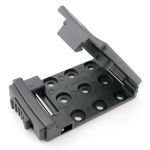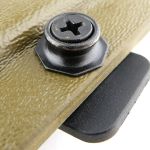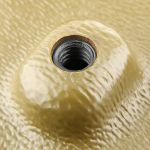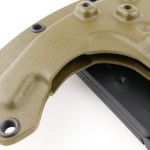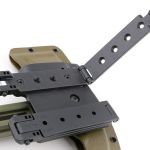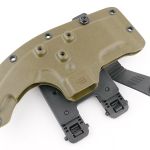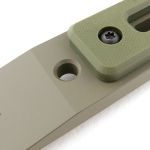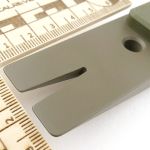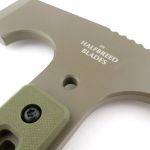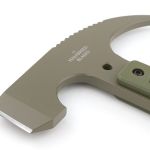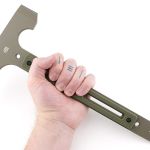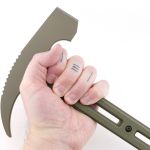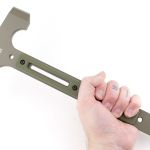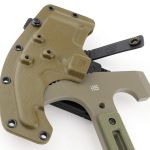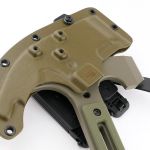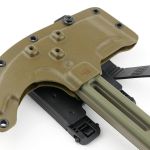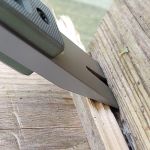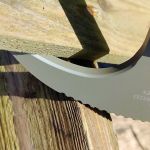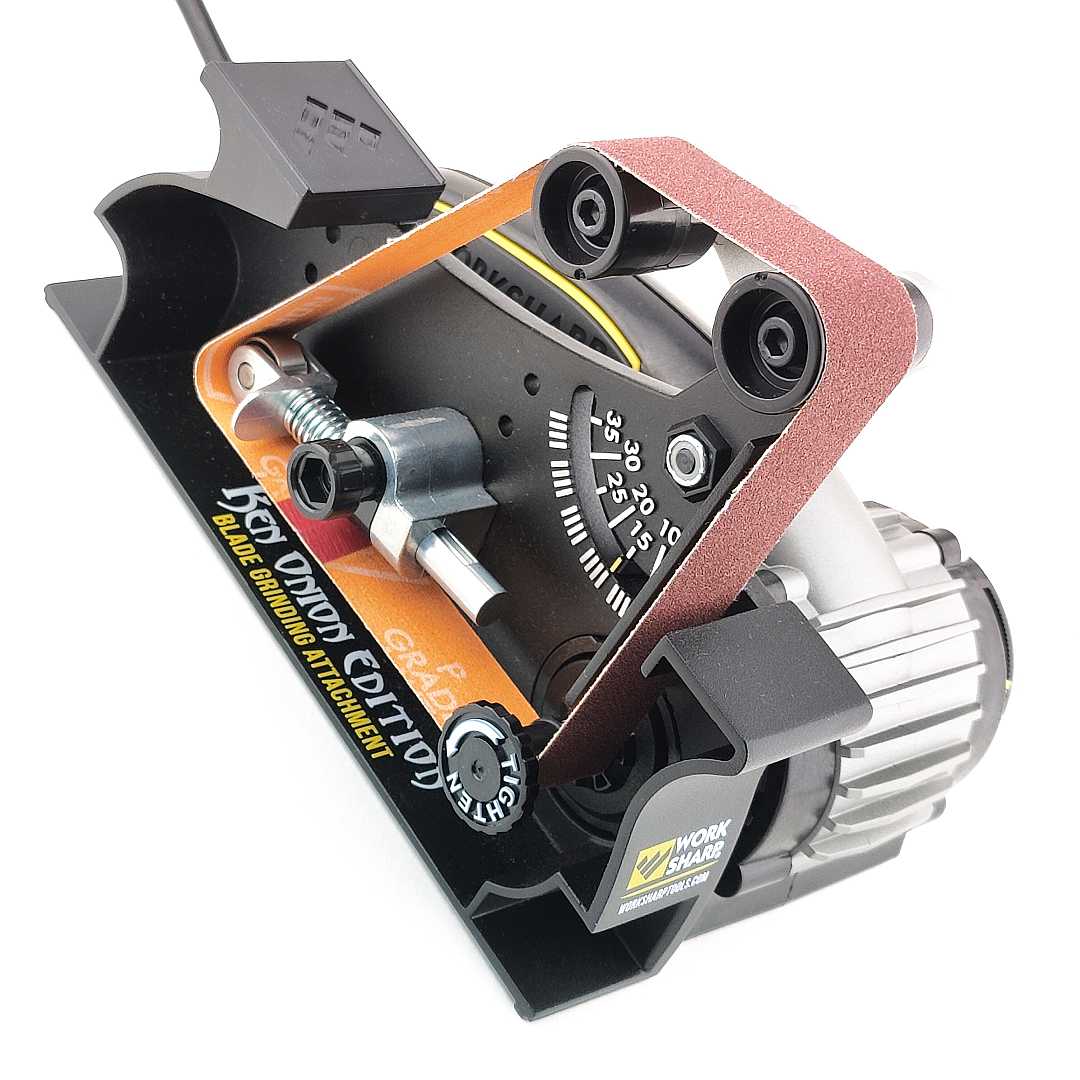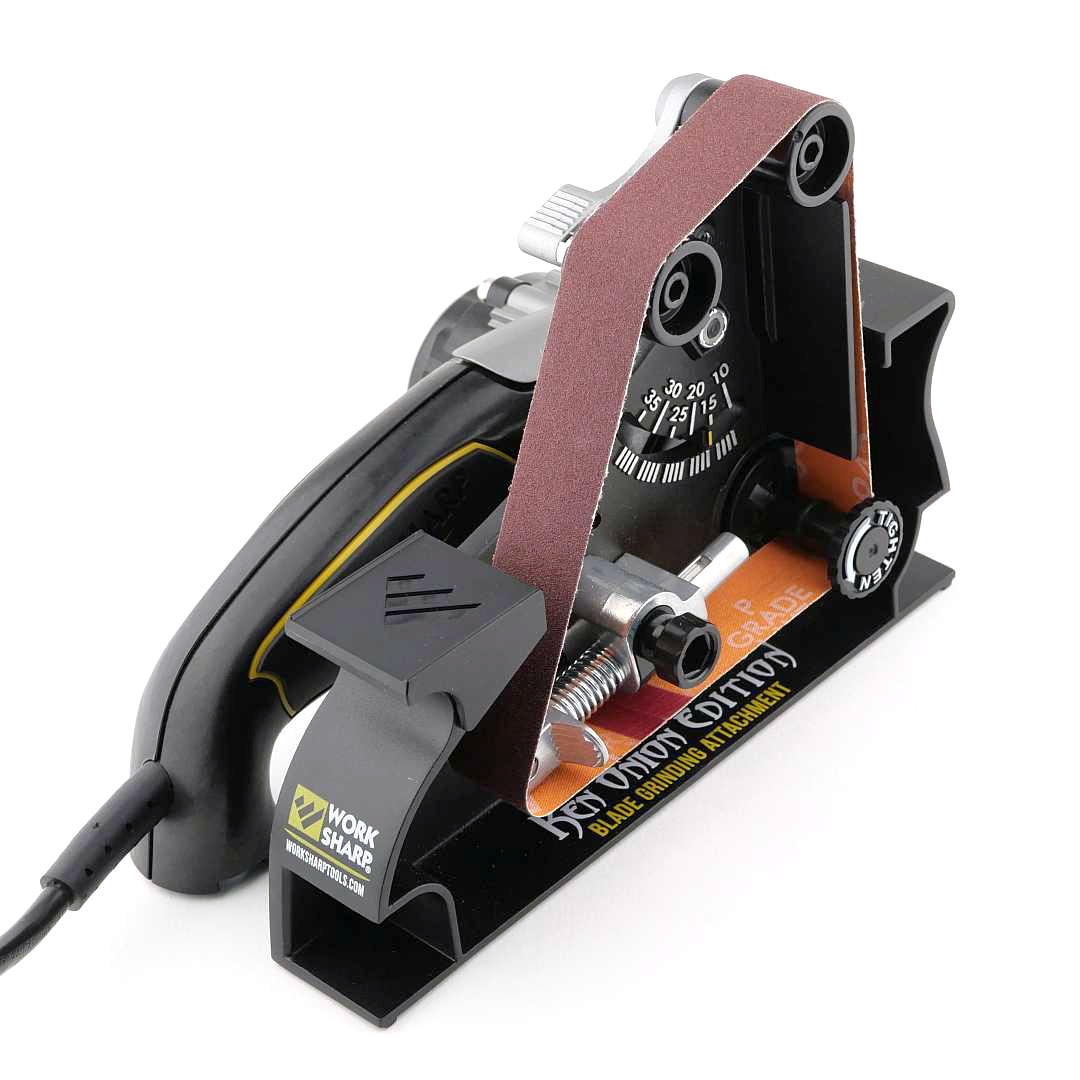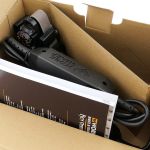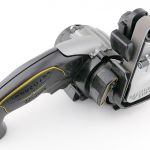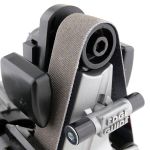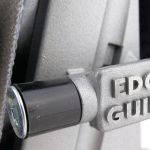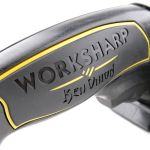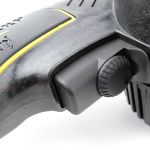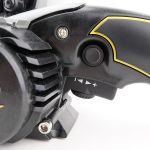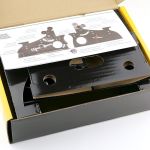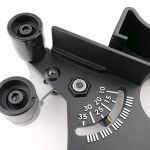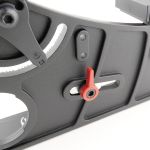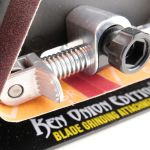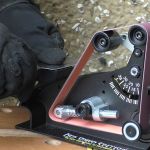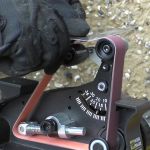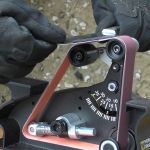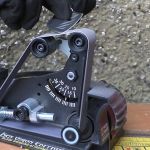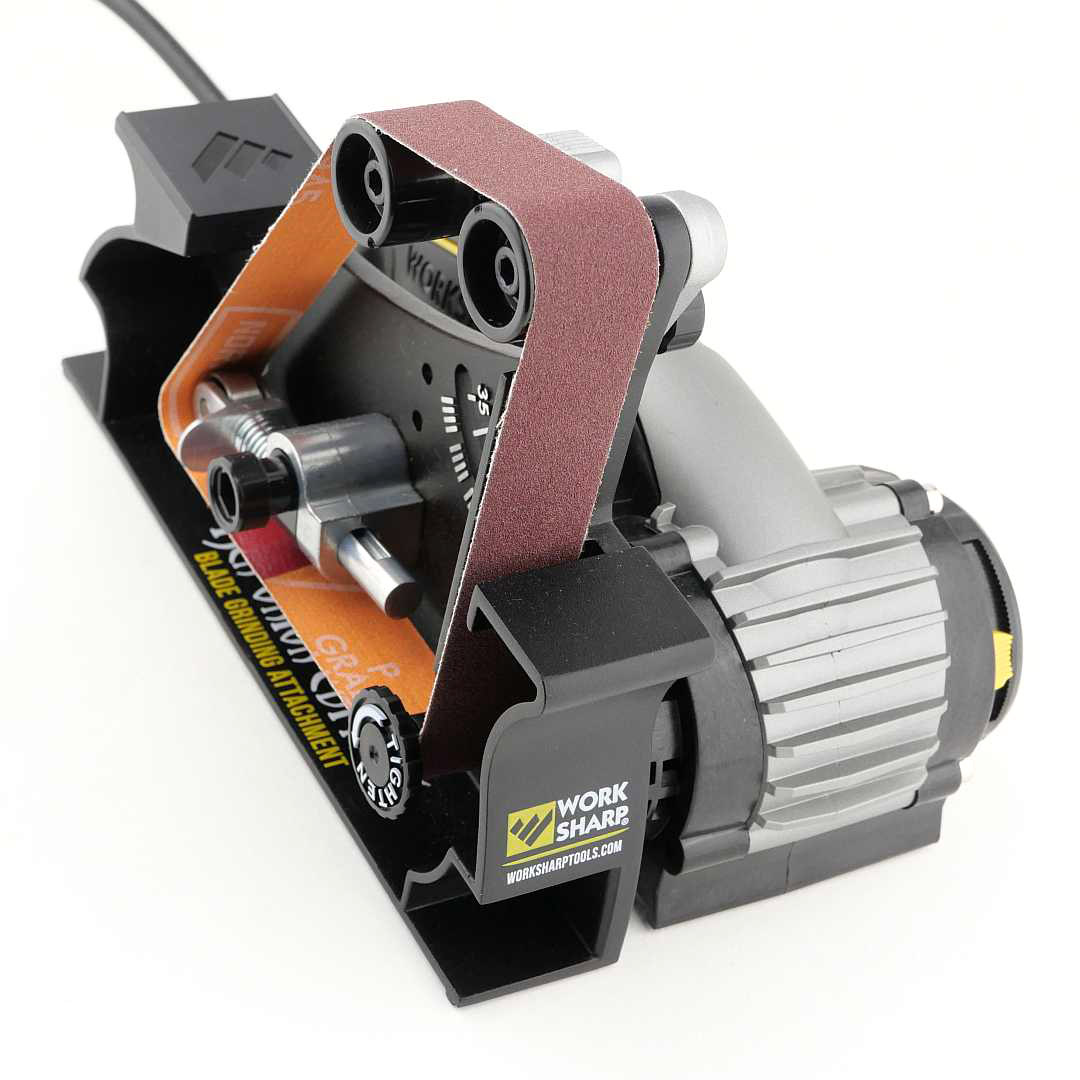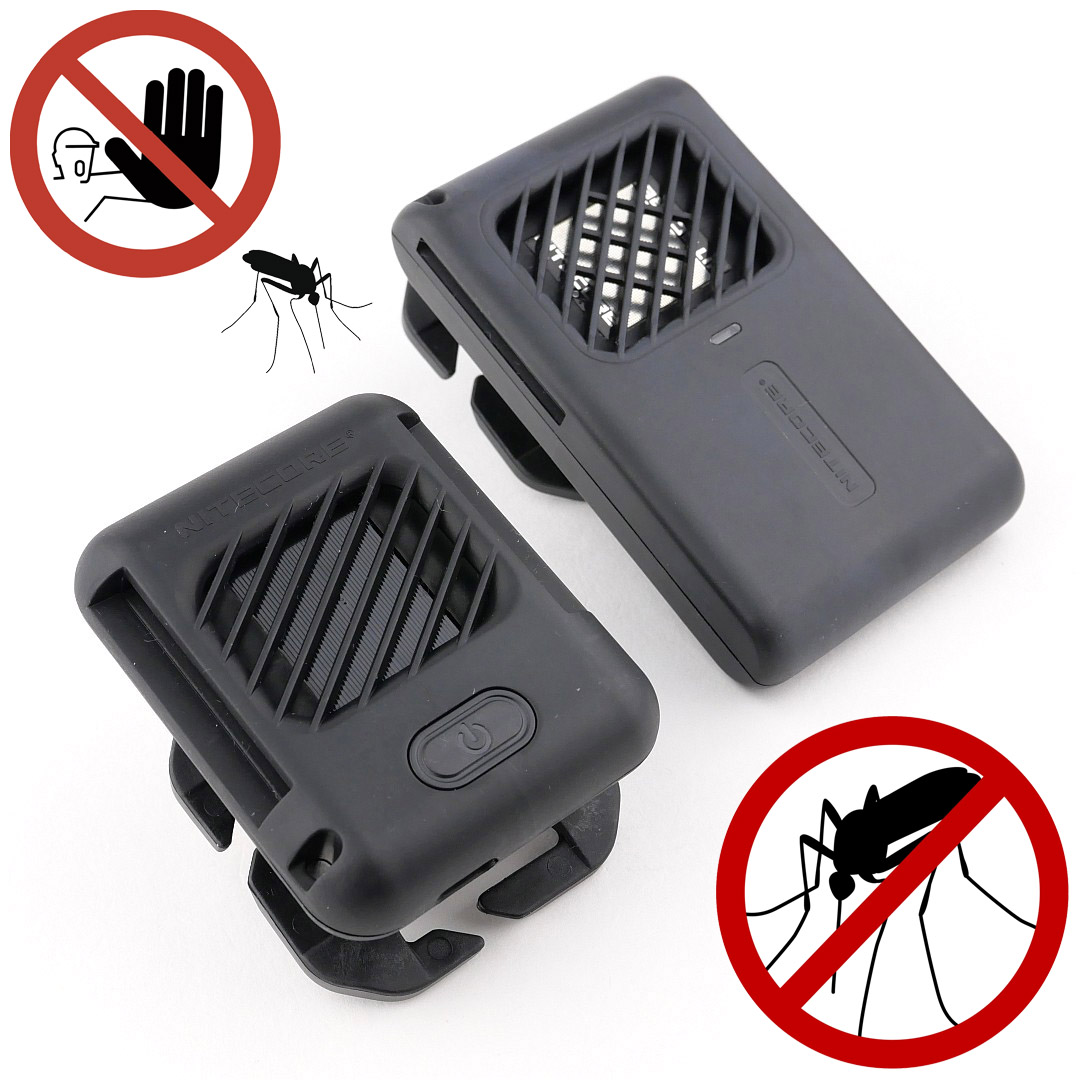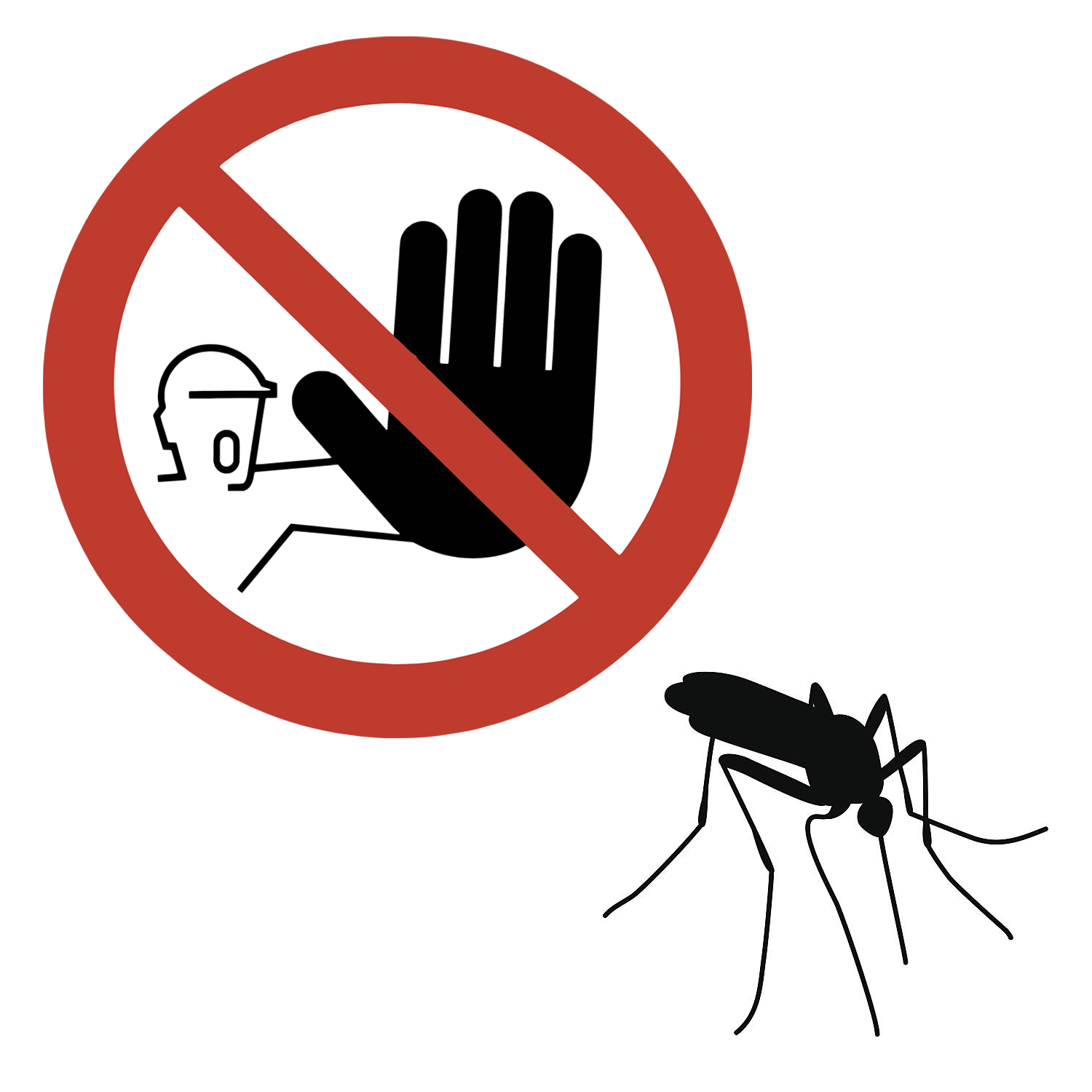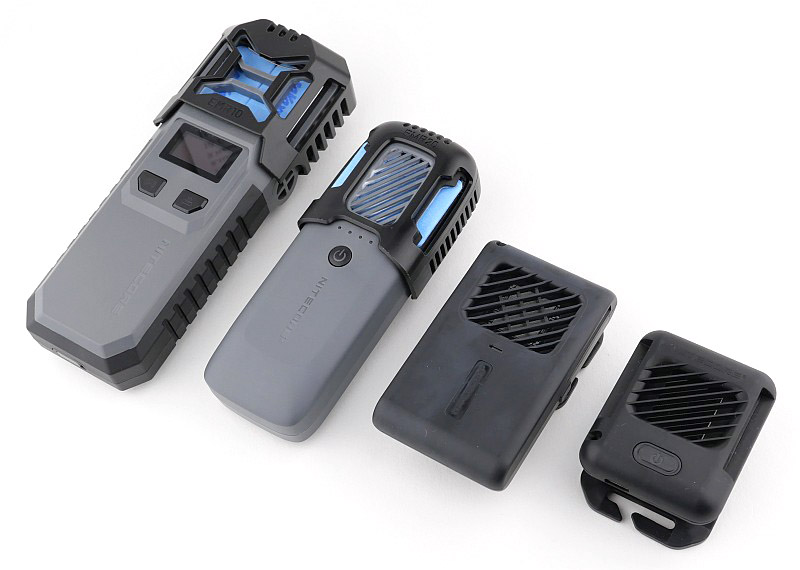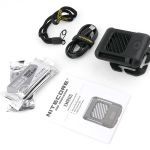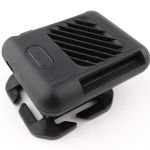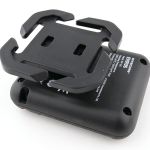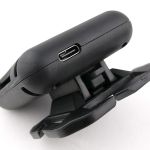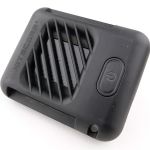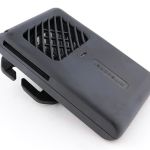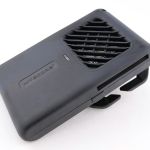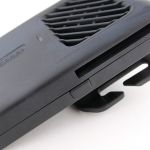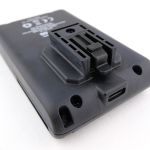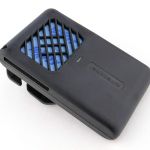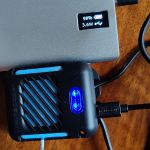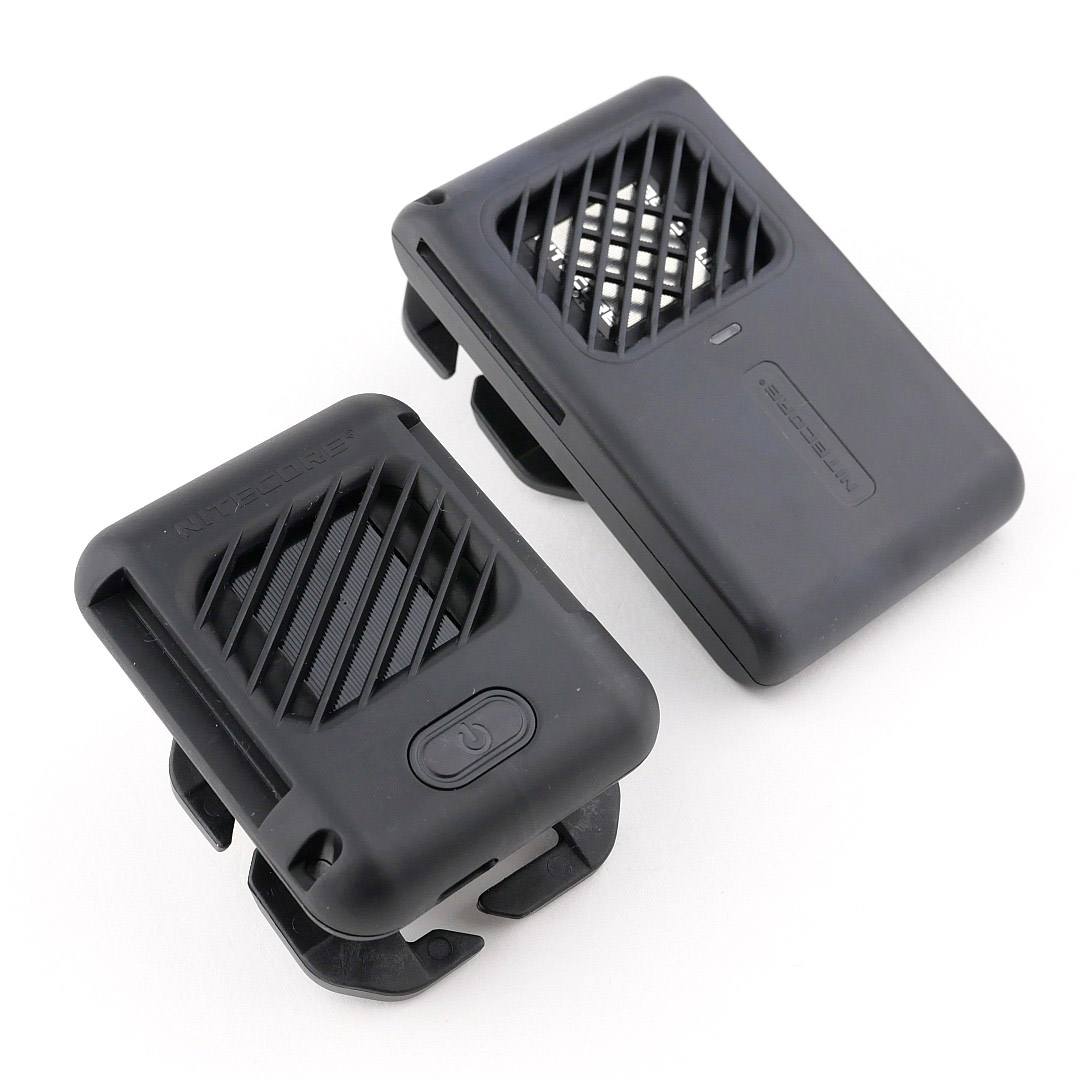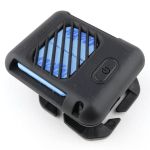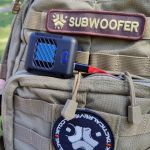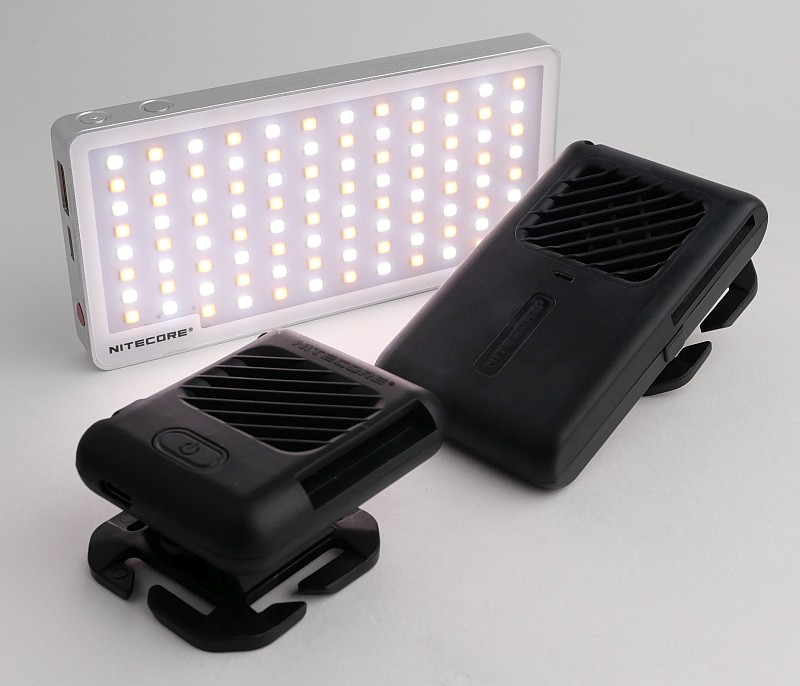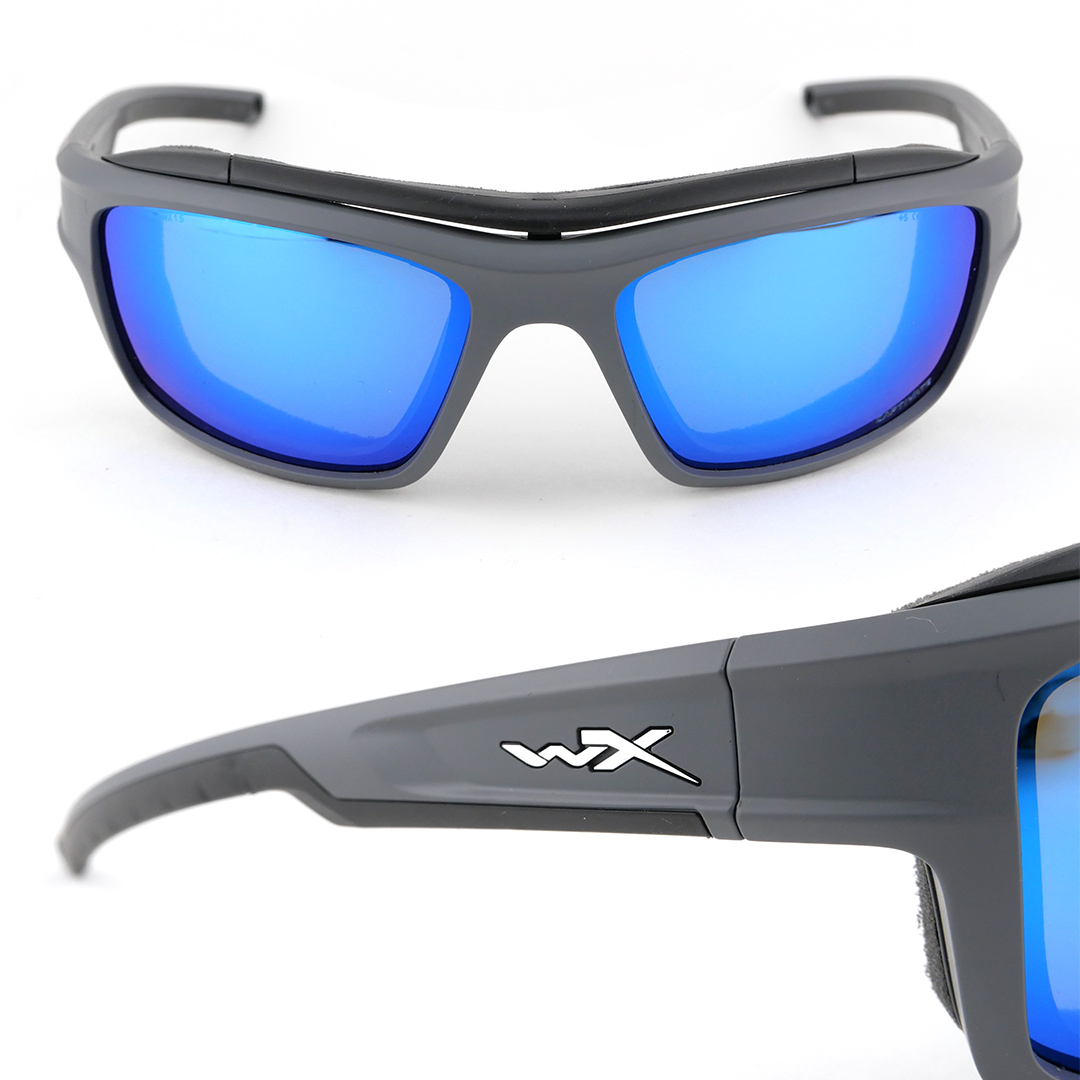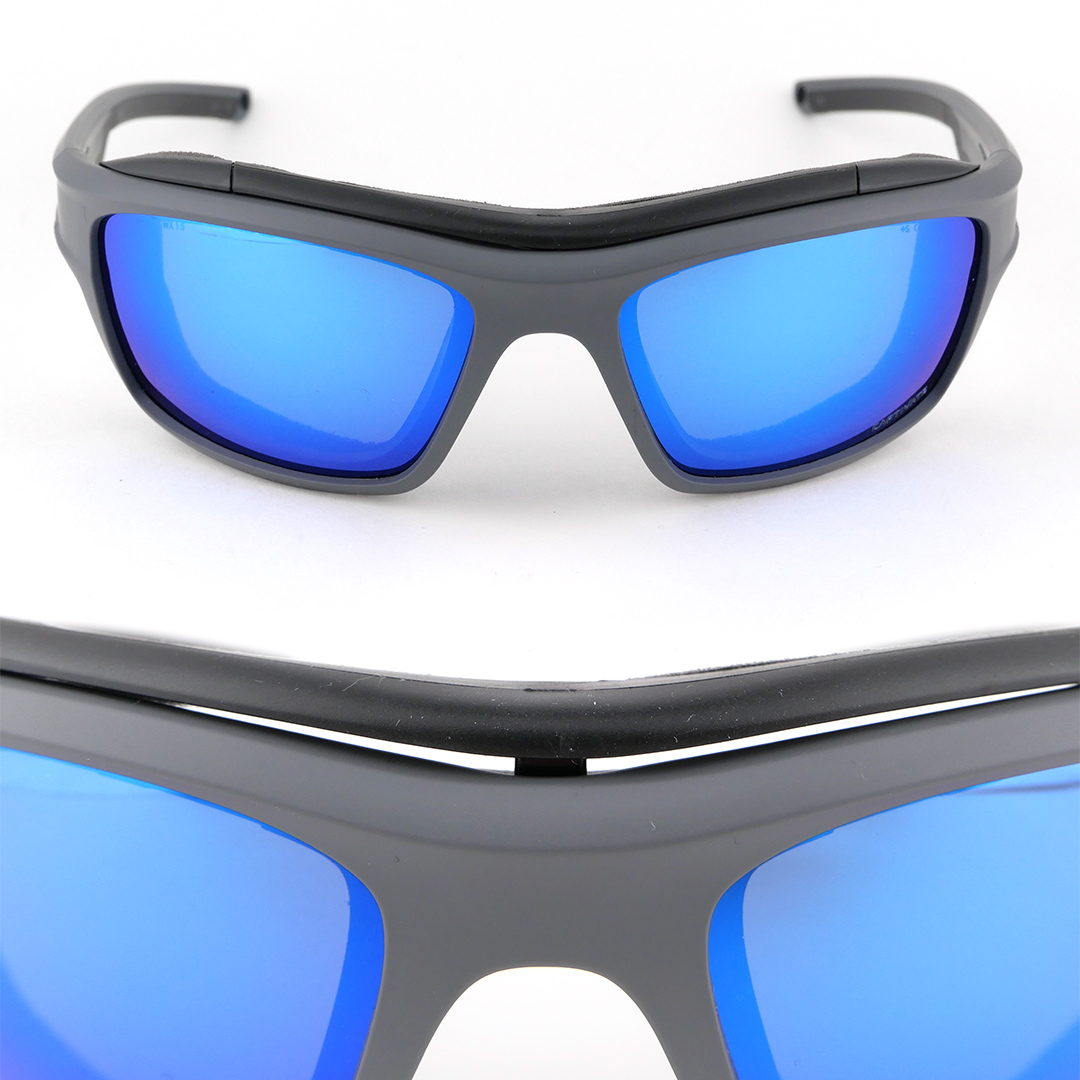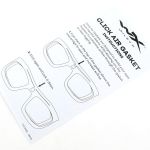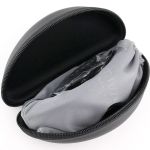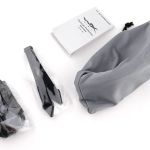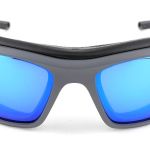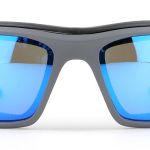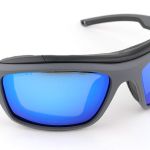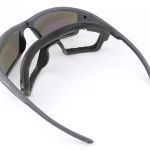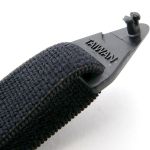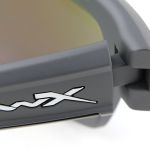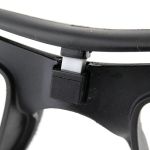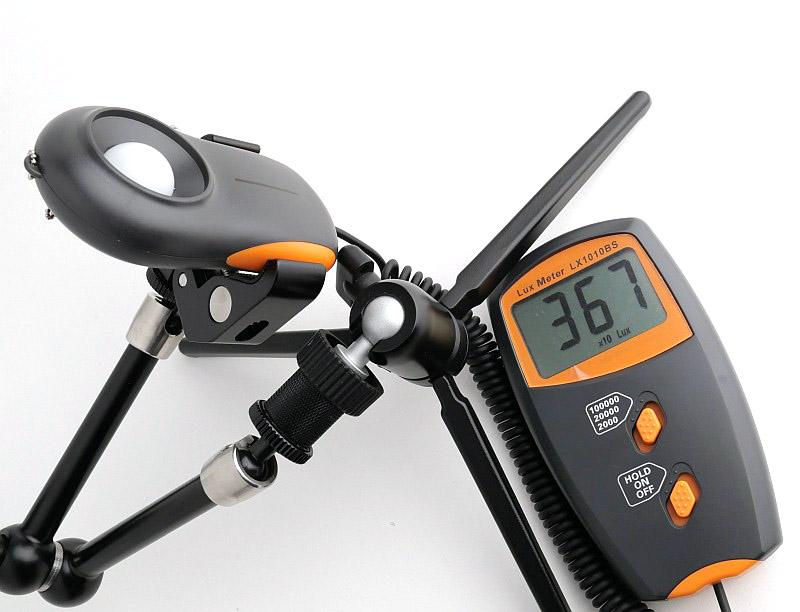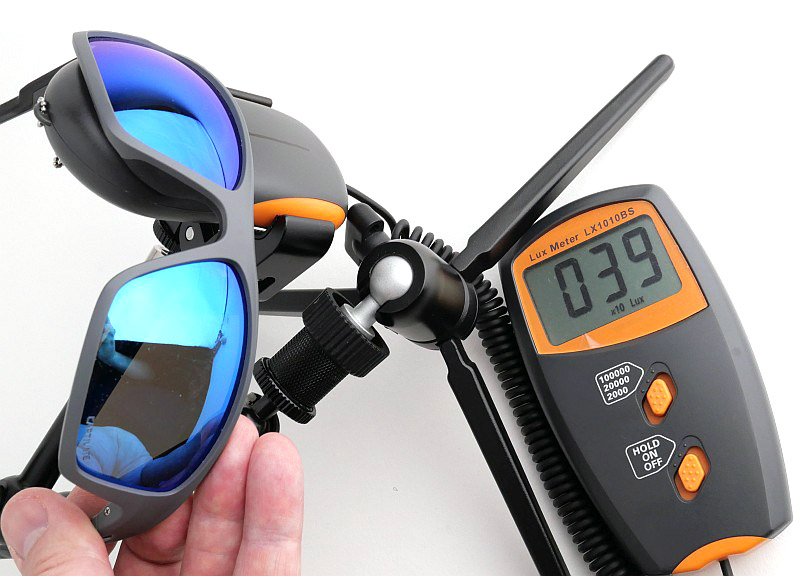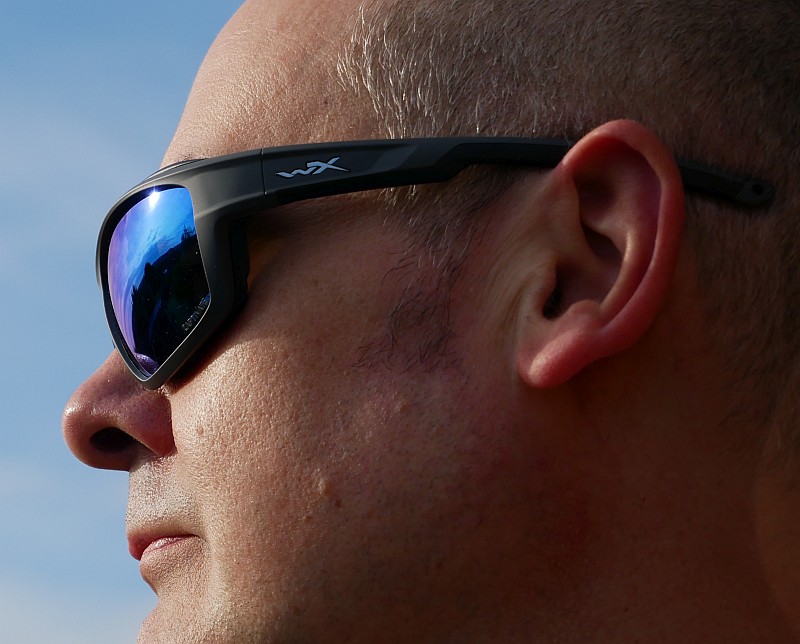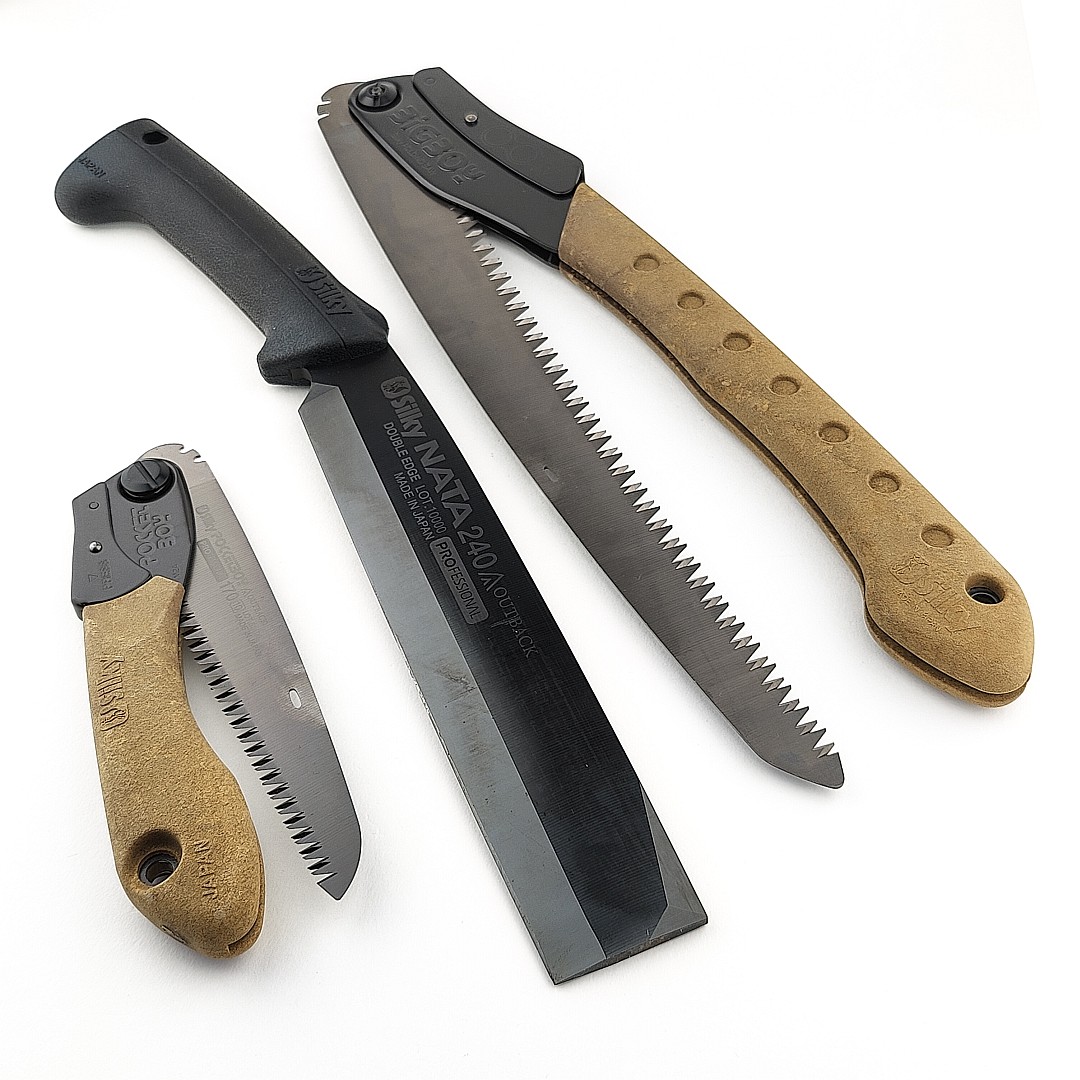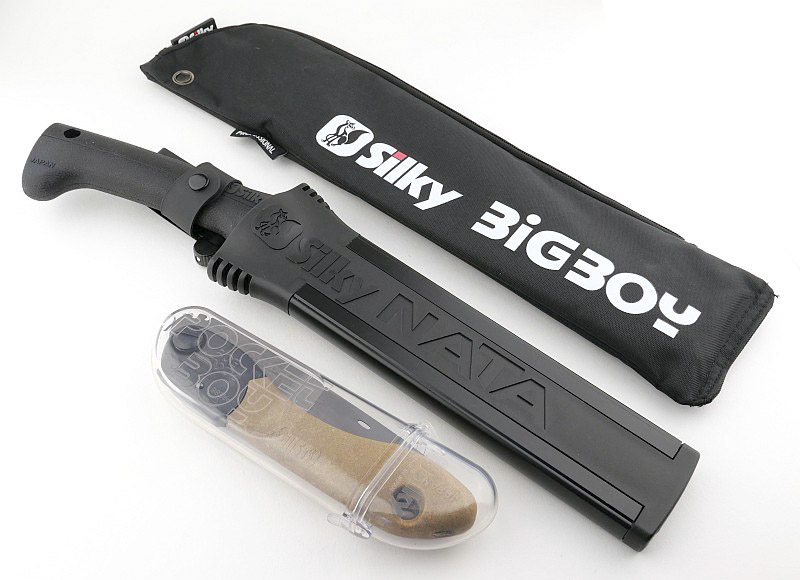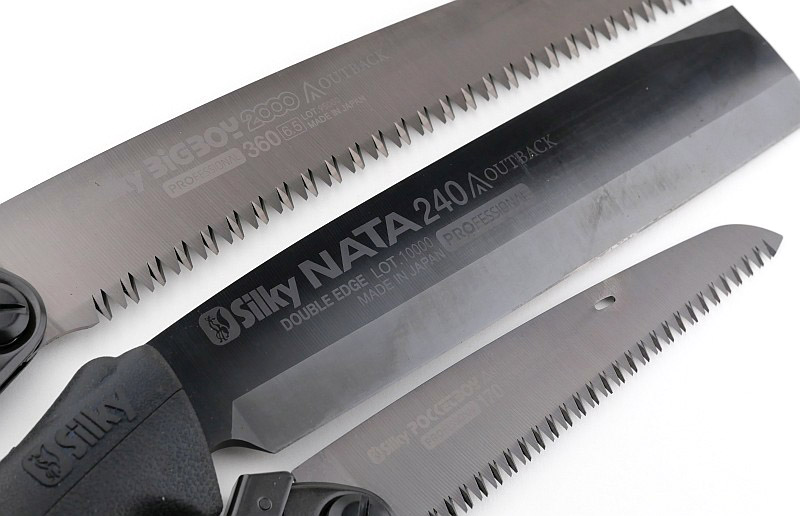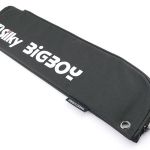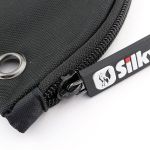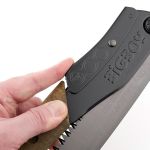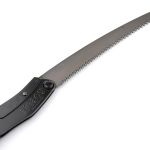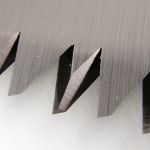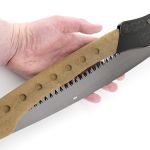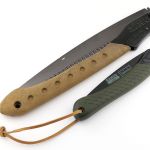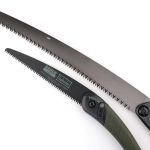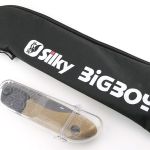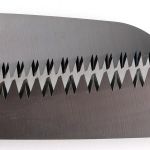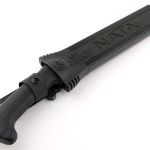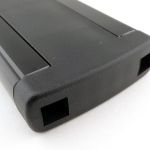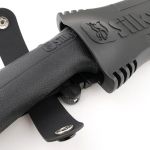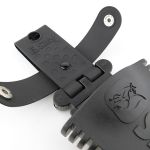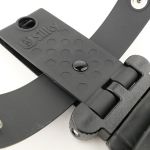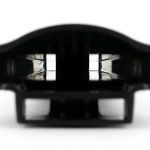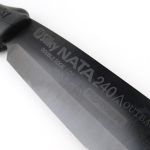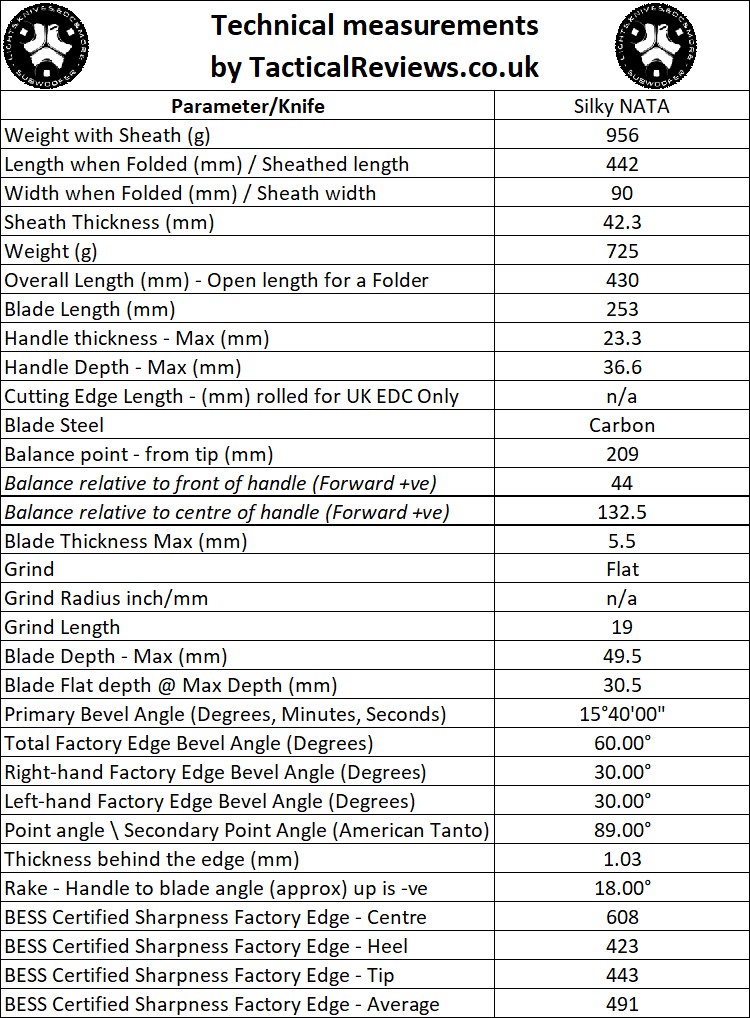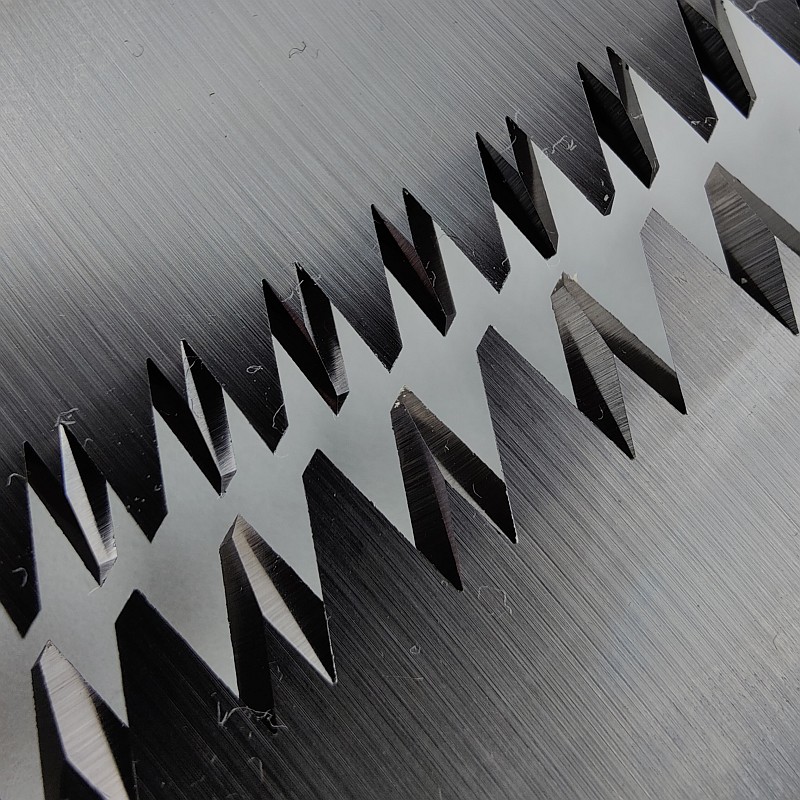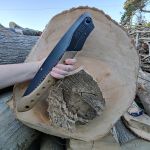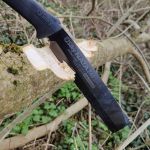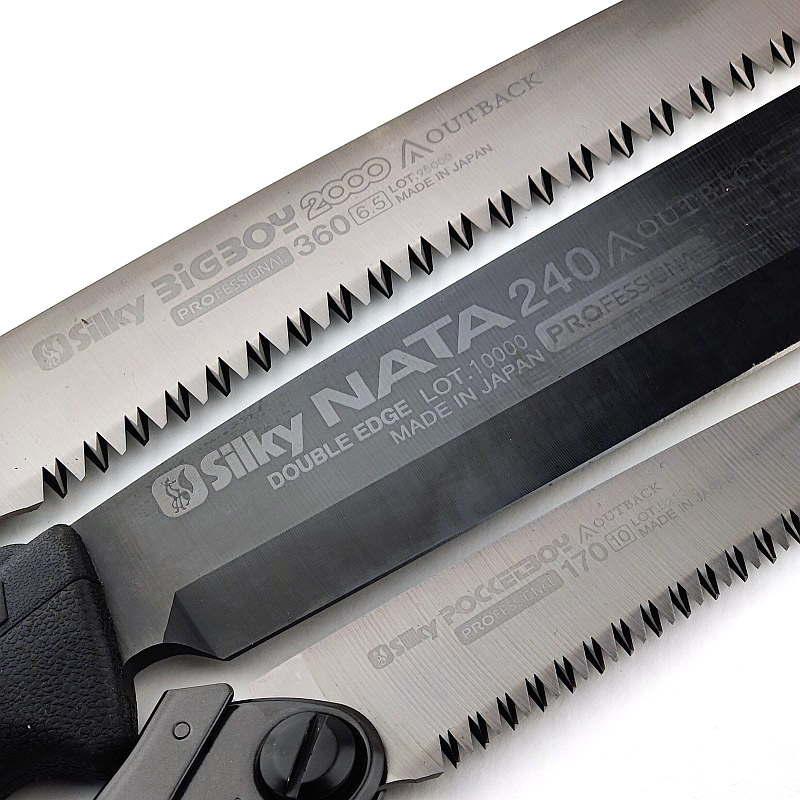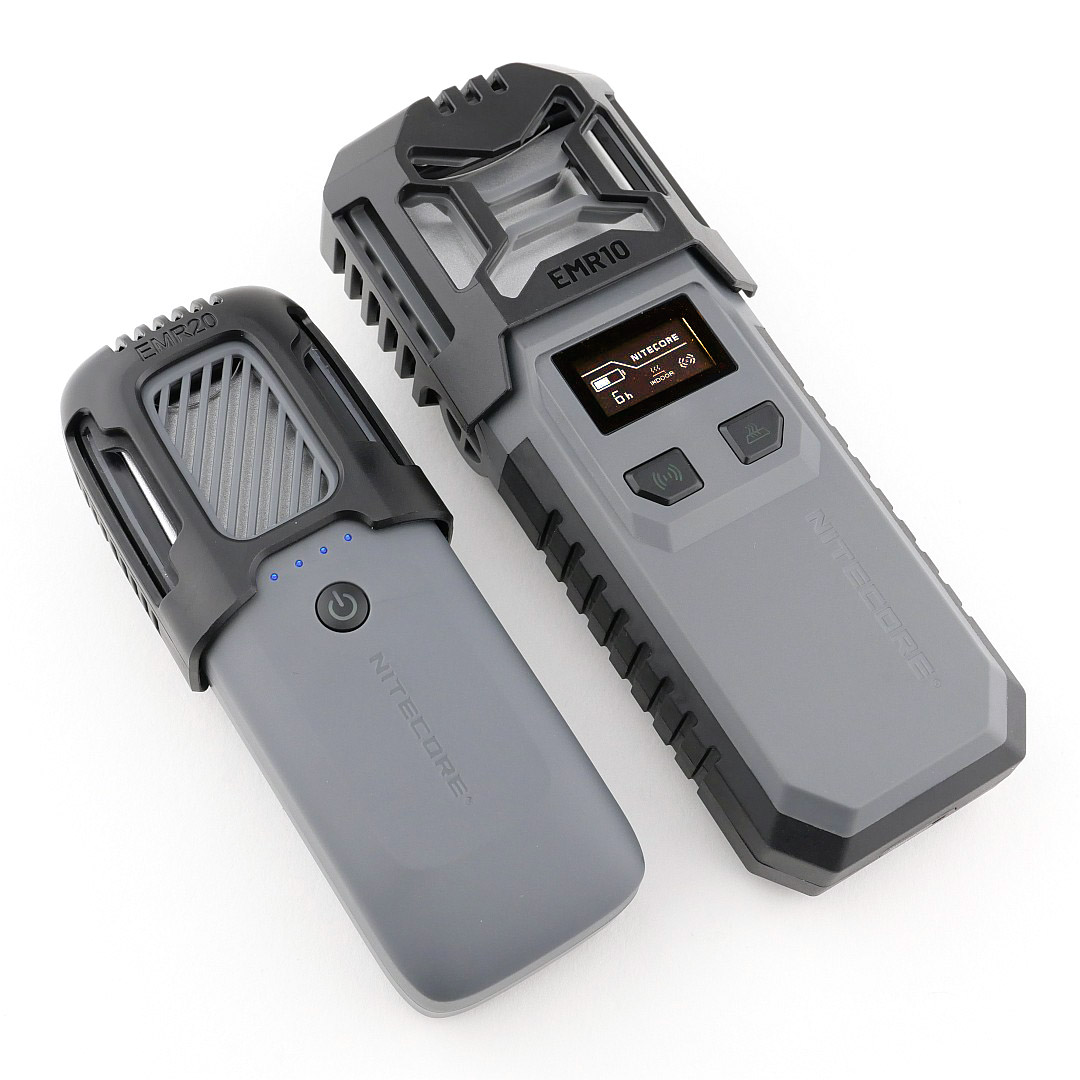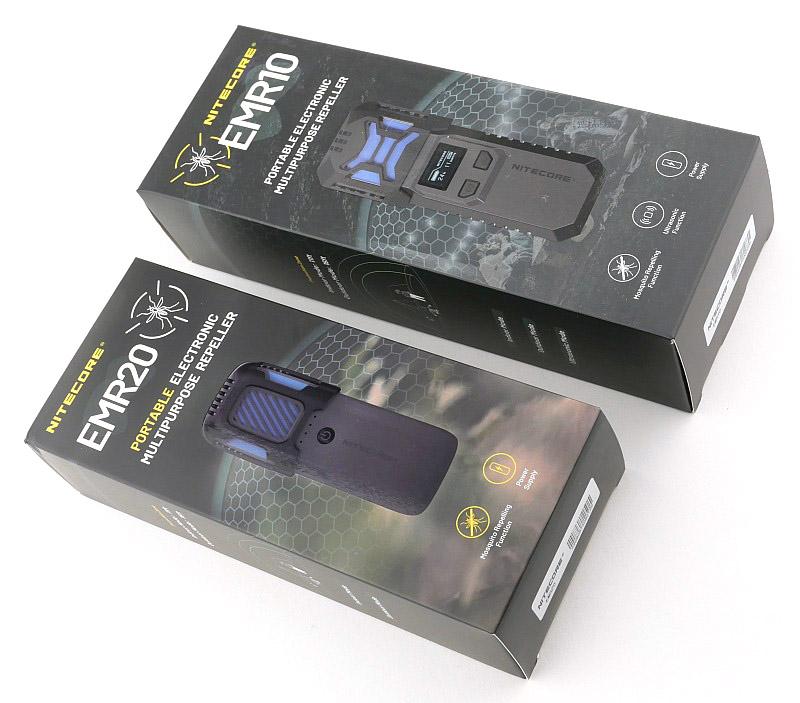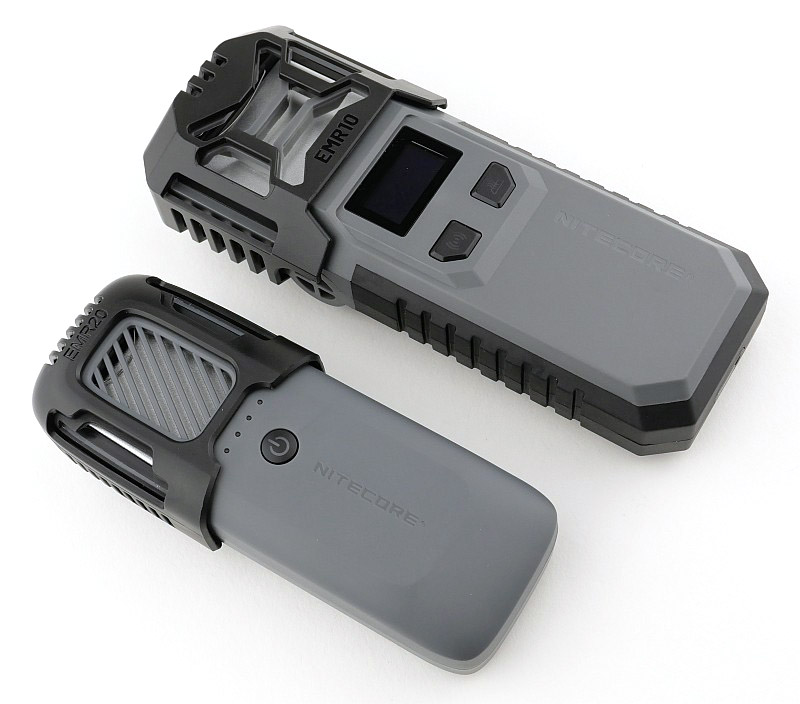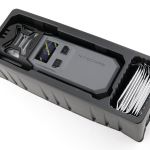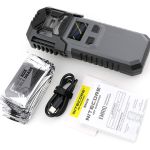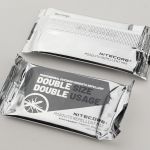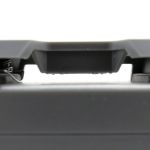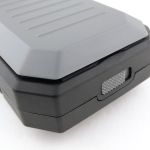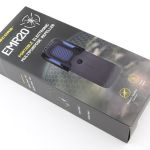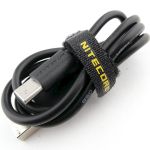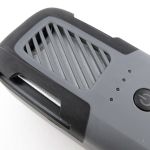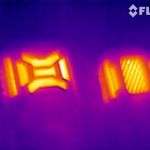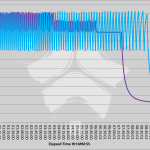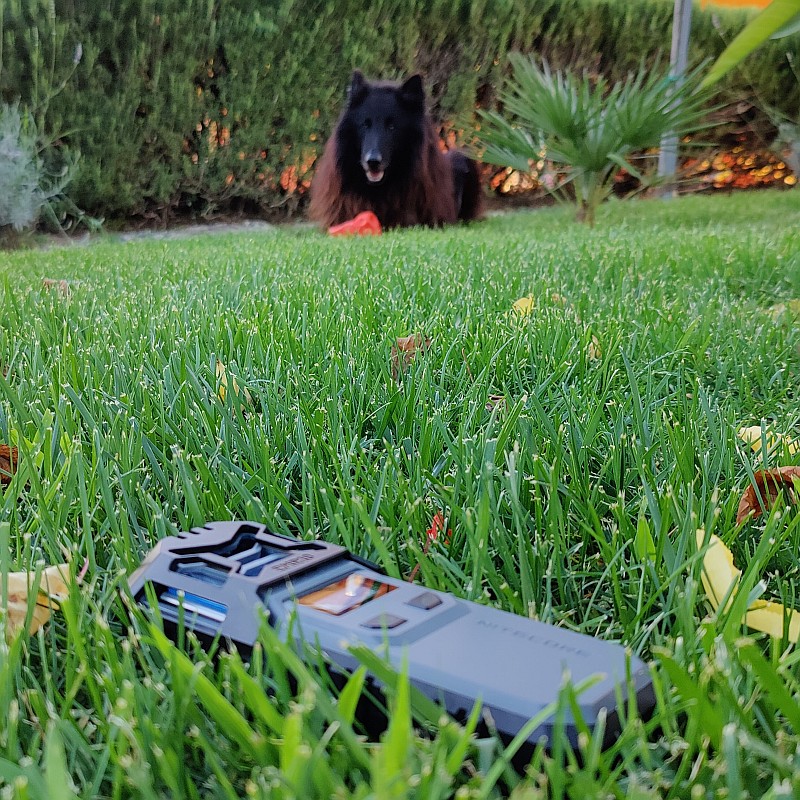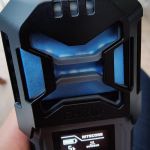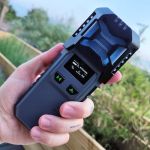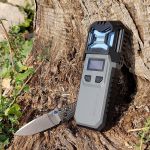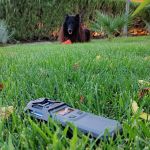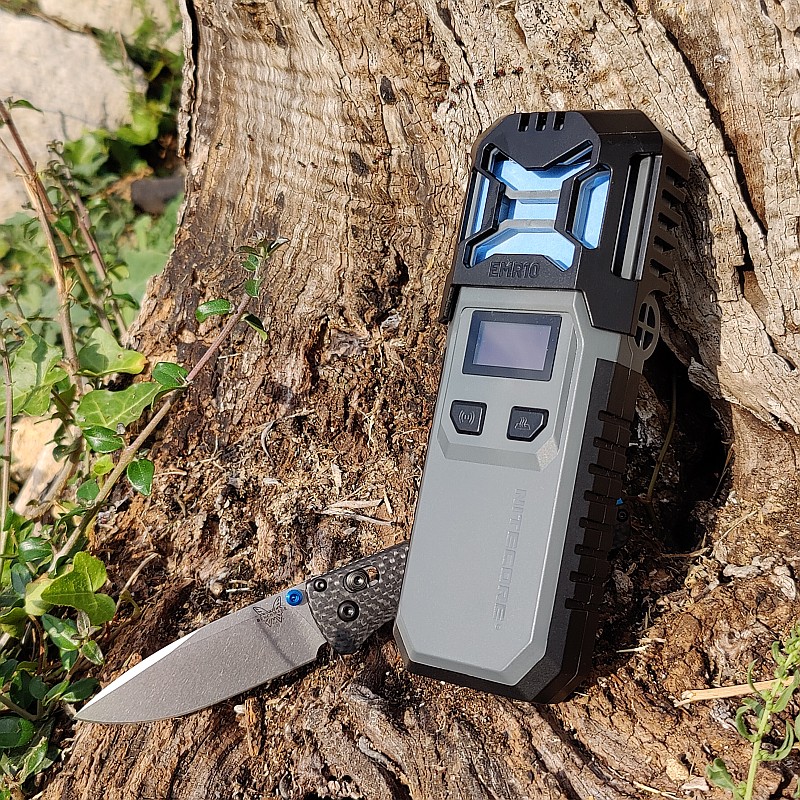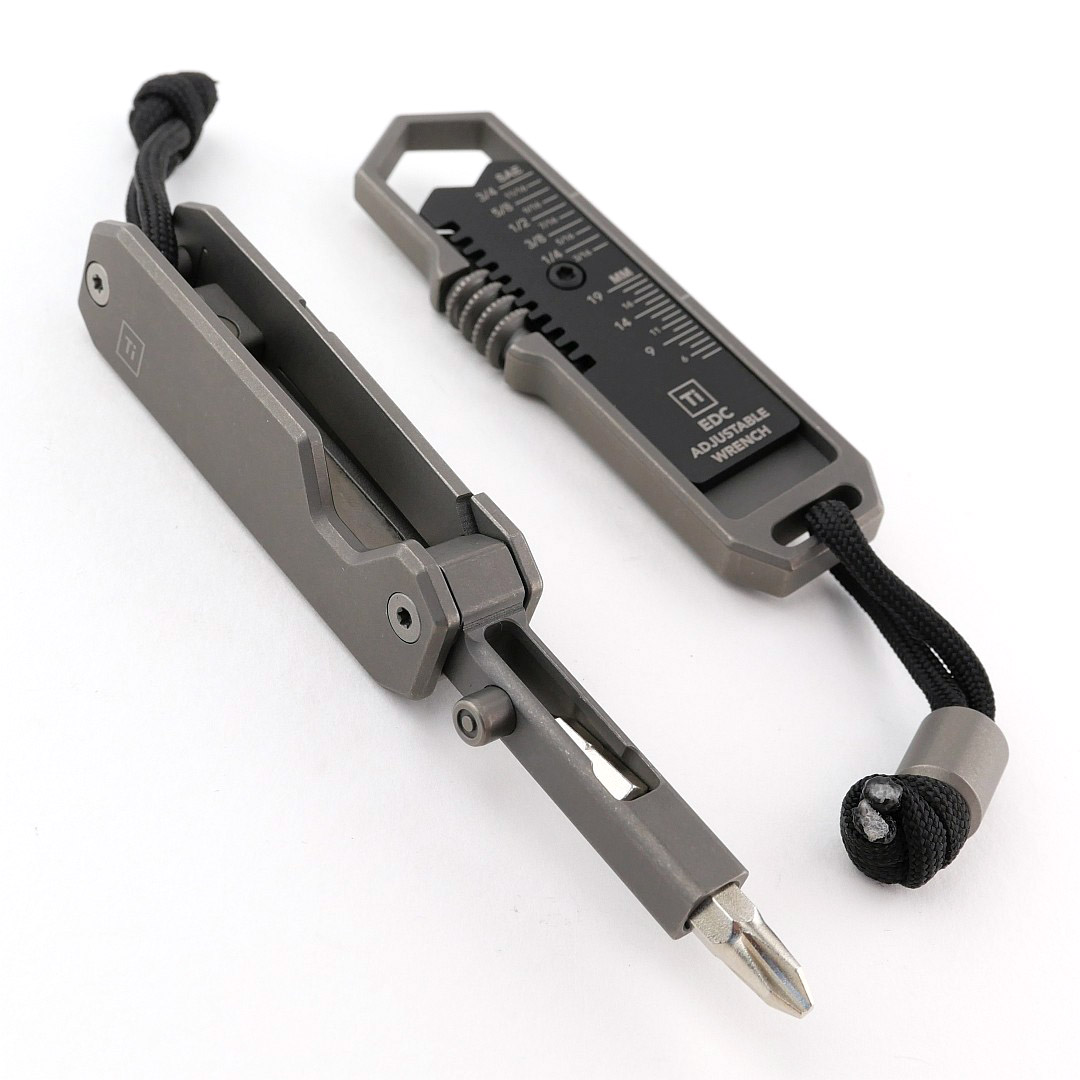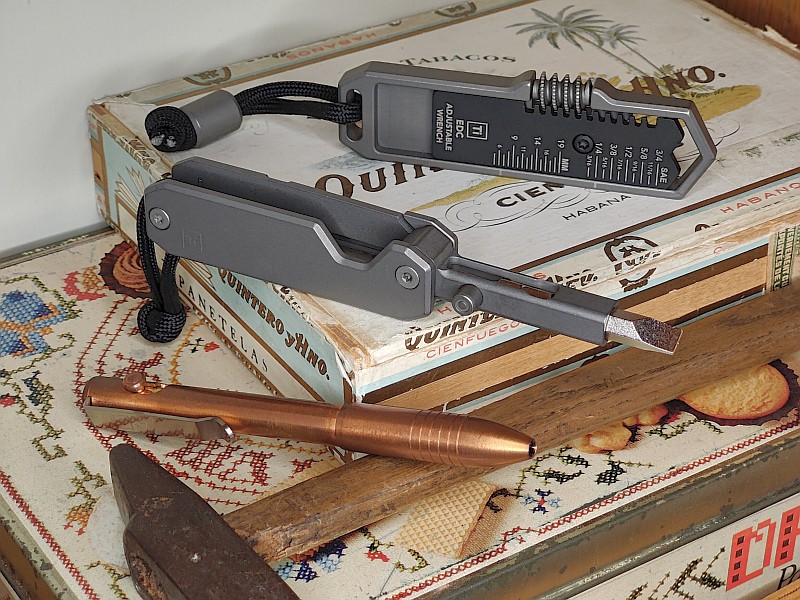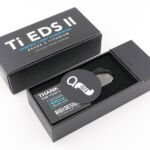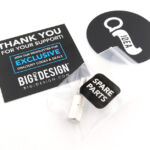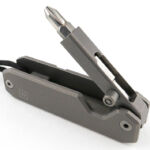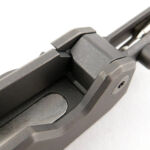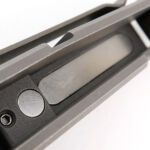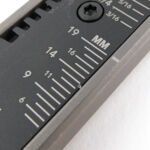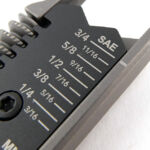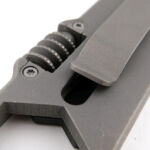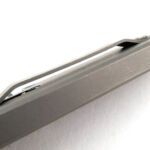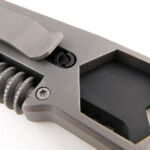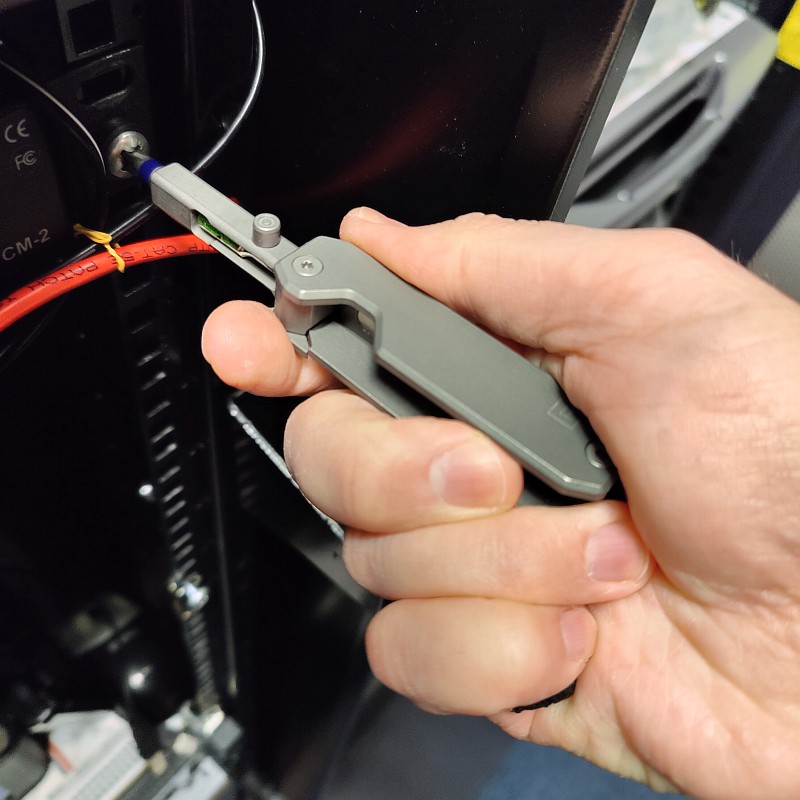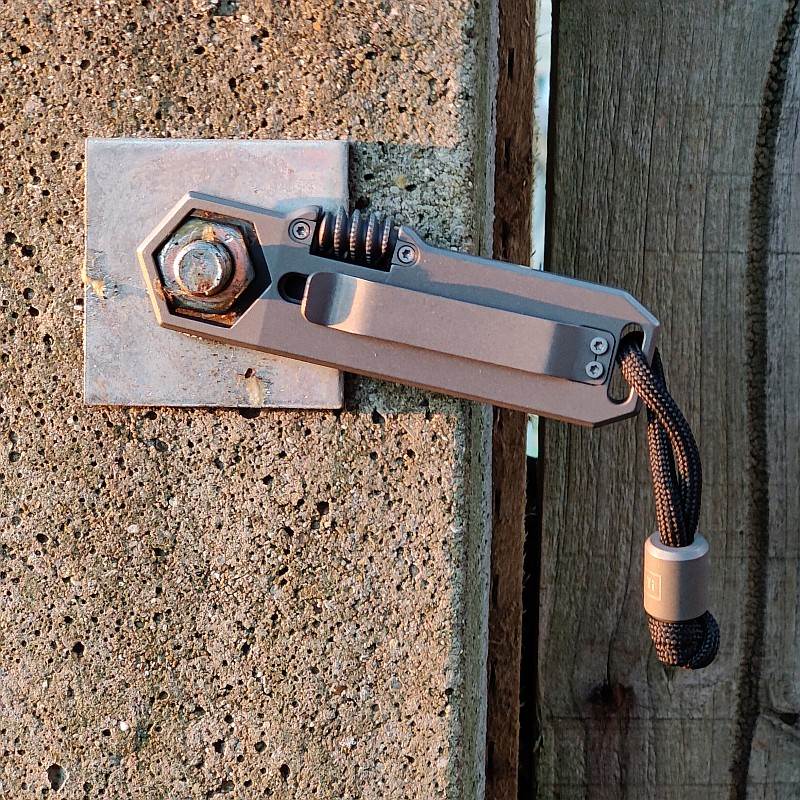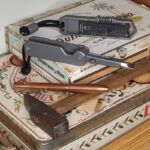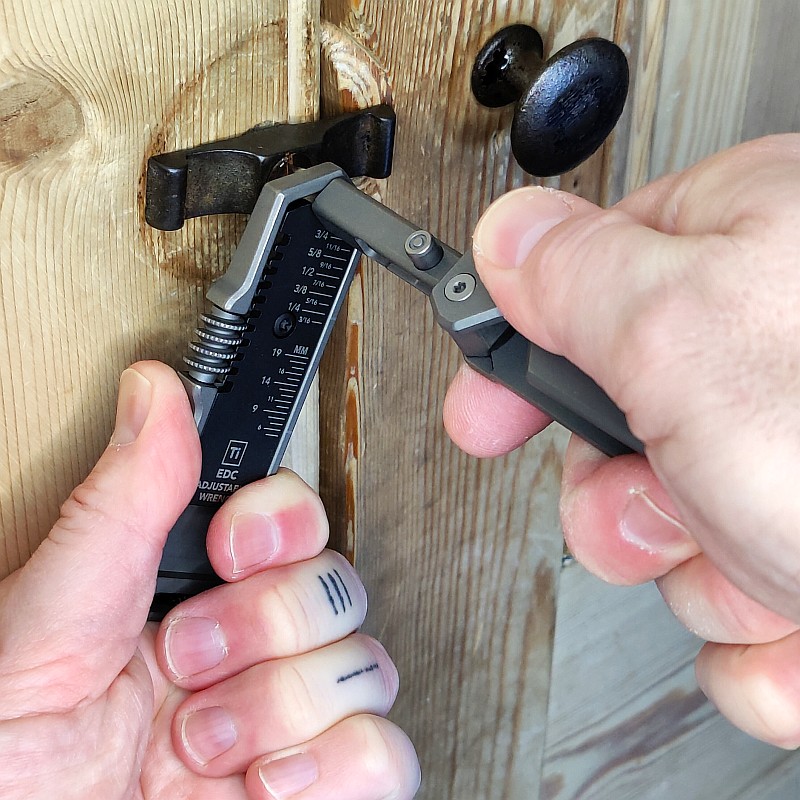Silky have a reputation for high quality saws that cut cleanly and have a long life, making them especially sought after and popular with those in the know. With a great saw, the secret is in its teeth, the size and shape of those teeth making all the difference. Silky produce a dazzling array of different saws with many types and size of teeth. Join me in a Detailed Review of four examples of Silky saw teeth. Silky Saws – It is all about the Teeth.

This review features four different saws, with three main teeth spacings (20, 14 and 8 Teeth per 30mm), that manage to span Silky’s major categories of teeth which are as follows:
Extra Large Teeth – Typically, this saw will be for use in forestry or heavy duty arborist work. The teeth configuration will range between 3 and 7 teeth per 30mm and will give a very aggressive cut. In general you will be surprised by the smoothness of the cut.
Large Teeth – A saw with large teeth will be ideal for use in heavy/medium pruning tasks, root cutting and construction. The number of teeth will range between 7 and 8 teeth per 30mm. An aggressive and smooth cut will be achieved.
Medium Teeth – Ideal for pruning work or construction, a medium teeth configuration usually has 10 teeth per 30mm and will give a cleaner finish when compared to larger teeth saws.
Fine Teeth – These saws are likely to be used for gardening and woodworking. A fine teeth configuration typically comprises of 13 to 20 teeth per 30mm and will achieve a clean finish.
Extra Fine Teeth – These saws will have very fine teeth ideal for woodworking. Ranging between 20 and 32 teeth per 30mm, a very smooth finish can be expected.

What’s in the box?:
Before getting right in to the teeth, a quick overview of all the saws on test. This is the test group all together.
The Pocketboy 130mm 342-13:
As with all of the models shown, there are typically many options for each, including handle colour, and actual blade specifications. This is the 20 teeth per 30mm Pocketboy.
The F180 180mm 141-18:
Fitted with one of the finer blade options of the F180, this example has 14 teeth per 30mm.
The Super Accel Z1 210mm 728-21:
For the Z1 it has the coarse curved blade with 8 teeth per 30mm.
The Outback Gomboy Curve 752-24:
With a thicker ‘Outback Edition’ specification blade, the Gomboy is the mid-sized Outback saw rated for wood and bone.
The Factory edge up close:
Followers of Tactical Reviews will know my views on knife factory edges, but for a saw, the quality of this is critical and is what makes a good saw great. Most modern saws can’t be re-sharpened, and those that can require a different skill. Silky sell replacement blades for all these saws, so when looking at these it is as disposable blades.
In these close up images, the saw teeth are at the same scale, and with a millimetre (with half millimetre divisions) ruler in shot. The gallery has the images in the same order as they have been shown above.

It is all about the Teeth and how they cut;
There are several standard factors you would consider for any saw and the specific cut you need to make, in order to get the best result. Teeth spacing needs to be appropriate for the hardness of material being cut, the size of the workpiece, and the required finish. Another important aspect is if there grain in the material, and if so, is the cut along or across the grain. Teeth will also be oriented for cutting on the pull stroke or the push stroke, with all the Silky Saws included in this review article being a pull cut.
One saw blade may also include teeth with different functions. In this review the Super Accel Z1 and Gomboy Outback edition, both have four different teeth; right and left hand cutting teeth, plus right and left hand swarf clearance teeth, that help clear the dust from the cut.

The accompanying review videos clearly show the cutting actions of each saw in green wood and seasoned wood, at normal speed and slow speed. What photos can’t show well, but the videos do, is the swarf clearance, speed of cut, and how smoothly the blade runs, so to really understand that for each of the teeth types being tested, please take a look at the section in the video. The video shows the F180 having a tendency to judder in both the green and seasoned wood; despite this the cut quality is excellent, completing with the PocketBoy for the cleanest cut thanks to the ultra-sharp teeth.
Knife serrations are effectively saw teeth, and just as for serrations, the tooth spacing affects the size of material you can comfortably cut. If the material is thinner than the tooth spacing it will catch in the teeth as they can’t ride over it smoothly. Cutting technique can overcome this (speed and angle of approach), but it is best to have an appropriate tooth spacing for the job.
As well as the smaller material size it can be used on, the smaller the tooth spacing, the finer the cut finish is. In the gallery below this is most clearly shown with the seasoned wood test cuts and the finest teeth giving the smoothest cuts.
There is no absolute right and wrong choice, only better or worse choices. Frequently the best choice being the one you have with you. Better understanding the characteristics of each type of saw tooth will help you have the best option with you more of the time. In these tests I was pleasantly surprised at the usability and effectiveness of the coarser teeth in seasoned wood with impressive speed of cut, and Silky’s quality saw teeth making an excellent job of it.
Review Videos
Starting with a short format introductory sixty second review:
Onto a full video review covering many more details and cutting examples of Silky Saw Teeth:

Discussing the Review:
Something new – will it work? A Tactical Reviews Subreddit.
TacticalReviewsChat on Reddit
Please visit there and start/join the conversation.

